Is all your useful communications technology getting in the way when you have important work to be done?
Estimated reading time: 5 minutes
When we have pressing work that requires our focus, it helps to minimize distractions. Microsoft created Focus Assist to help.
- Go to Start> Settings. In the Find a setting search box, type “focus” and choose Focus assist settings from the options that appear.
- Focus assist has three settings: Off (get all notifications from your apps and contacts), Priority only (see only selected notifications from a priority list that you customize, and send the rest to your action center), and Alarms only (hide all notifications, except for alarms). Note if you choose Priority only, you are able to customize what gets through to you by clicking Customize your priority list.
- If you’ve linked your phone to your computer using Your Phone, you can choose to disable that app showing you calls, texts and reminders on the Priority list page. But the real power of the feature is under Apps. You can add and remove apps to achieve the right balance for your focus needs. To remove an app, simply select it and click Remove.
- Notice that Outlook is not on my list of apps I will get notifications from, but I still want to be notified when I get a message or have a meeting, so I need to add that app. So I click Add an app and then select Outlook from the list. Now I will get notifications from Outlook, but not from any other app. Click the back arrow in the upper-left corner of the dialog box to return to Focus assist.
Automating focus assist
- On the Focus assist screen there are several options under Automatic rules. You can choose to have notifications muted at a certain time each day, like if you wanted things to quiet down when you’re eating lunch at your desk (you set the time by clicking on the rule). You can also choose to have notifications muted when you’re duplicating your display, which would likely mean you’re sharing your display for a presentation.
- It’s important to remember that enabling Focus assist doesn’t disable notifications, it just hides them. Windows actively stores them in the action center, which you can access by clicking the action center button in the lower-right corner of your primary monitor. While you are using Focus assist, you can access your notifications at any time in the action center.
When you’ve completed the session that required heightened focus, make sure to turn off Focus assist so you resume notifications. Or if you really enjoyed the peace, leave it on!
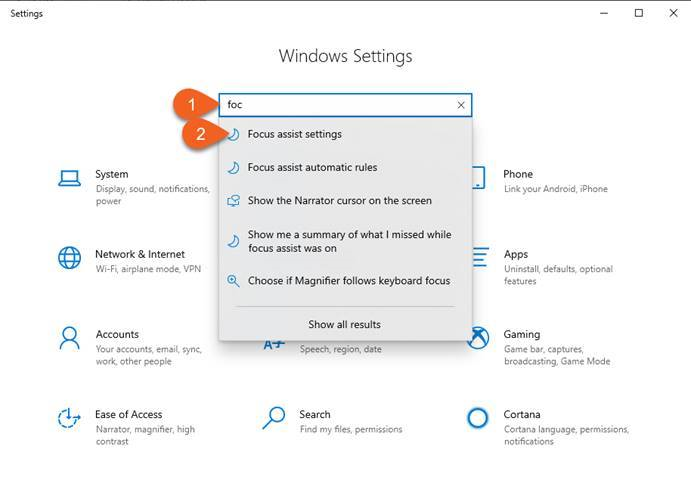

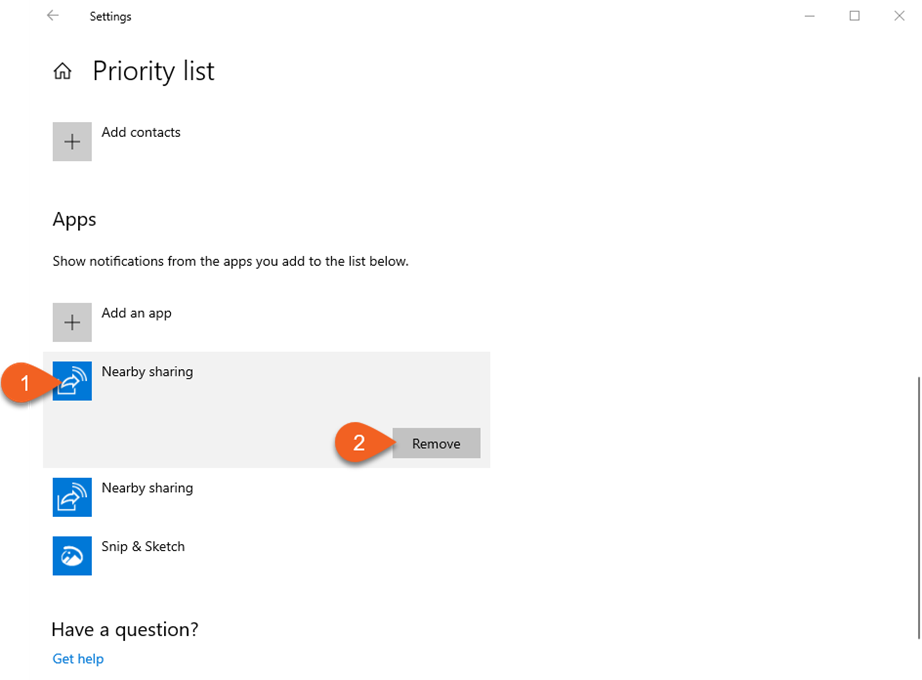
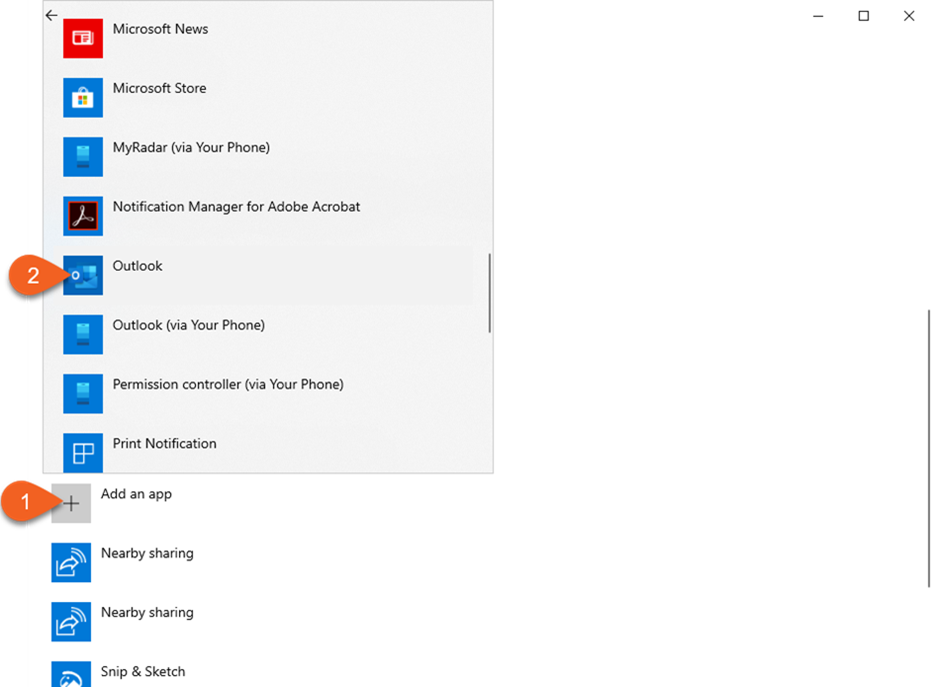
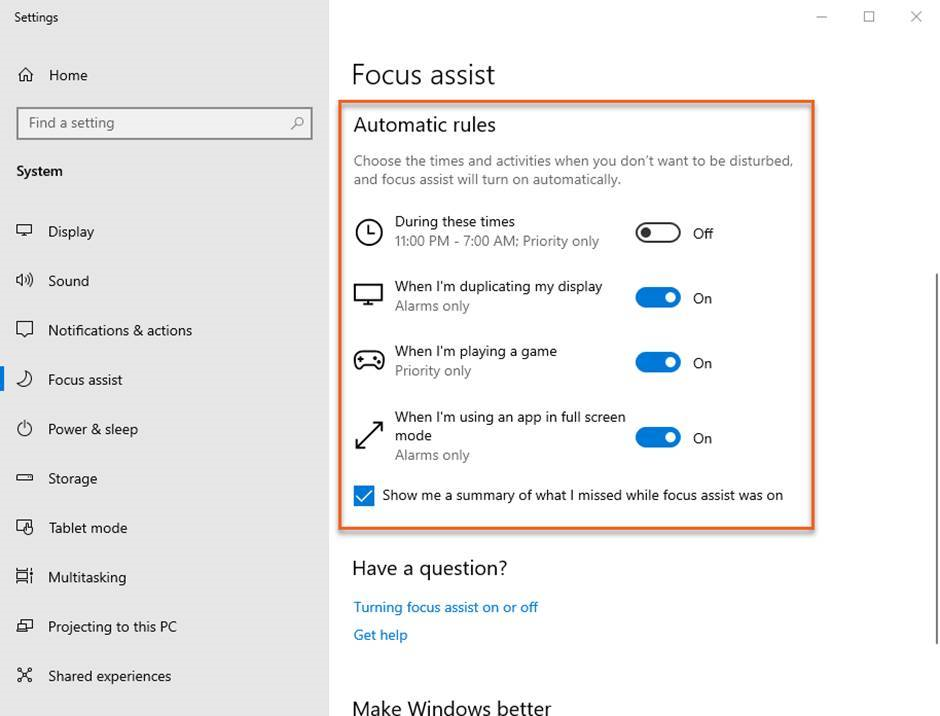
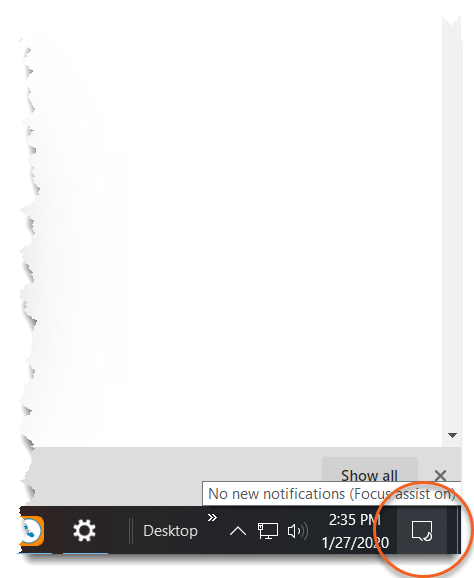
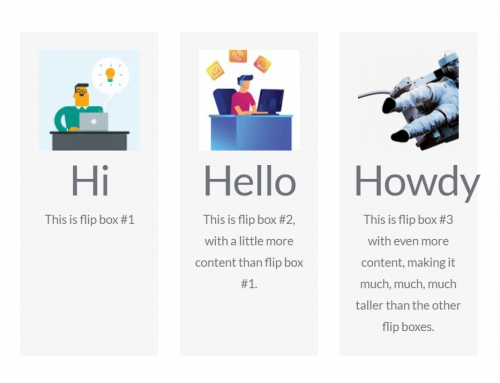




Leave A Comment